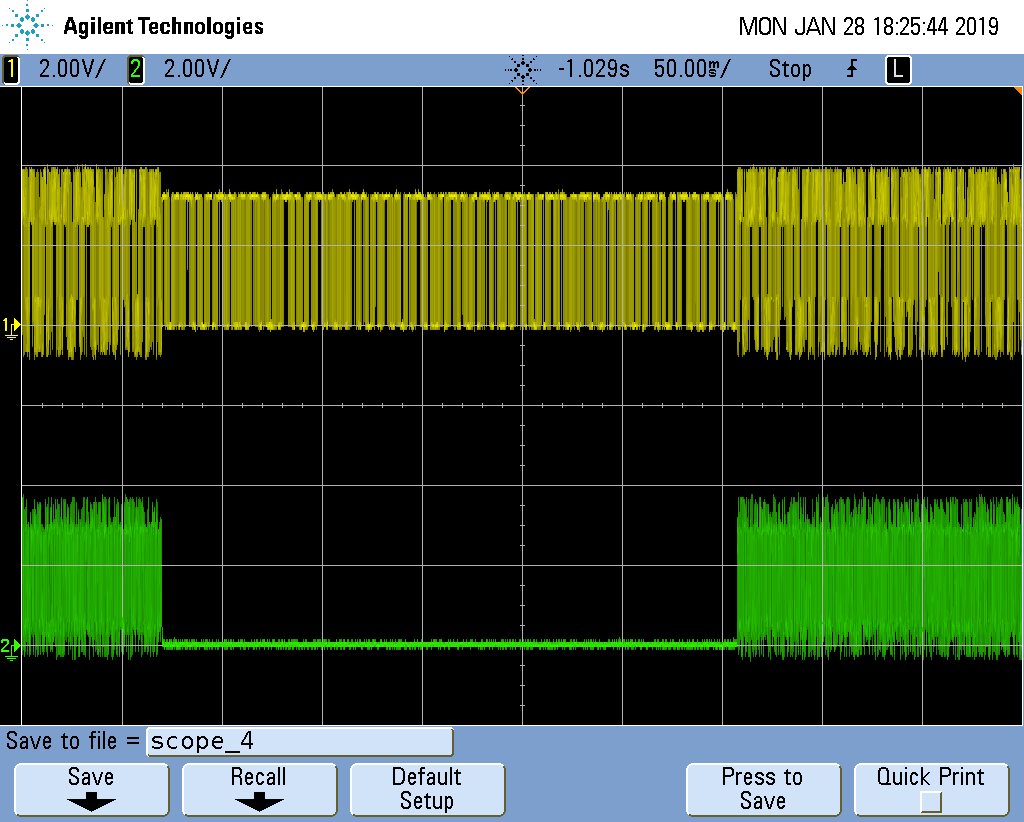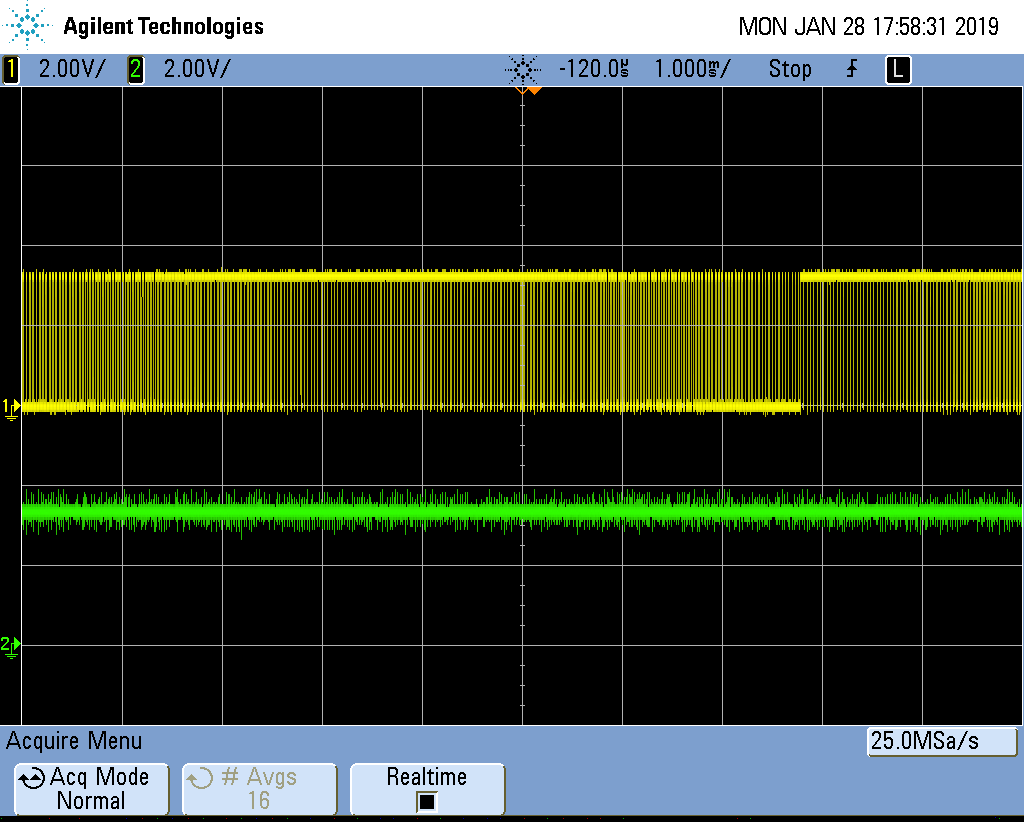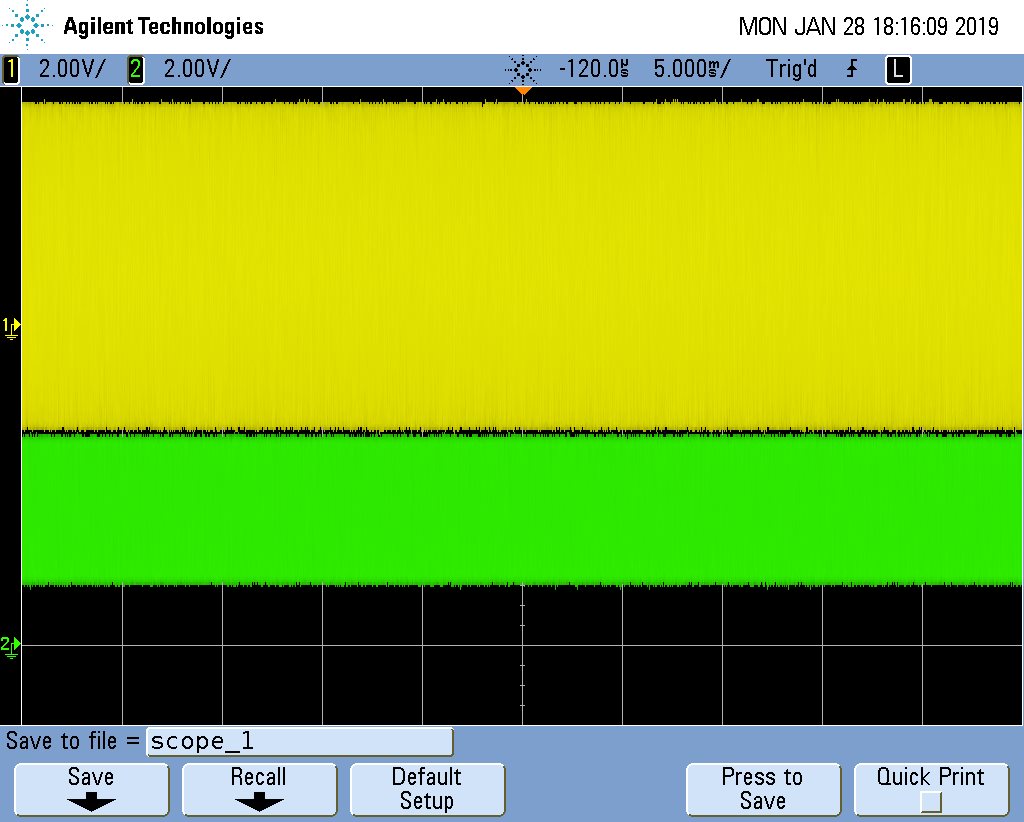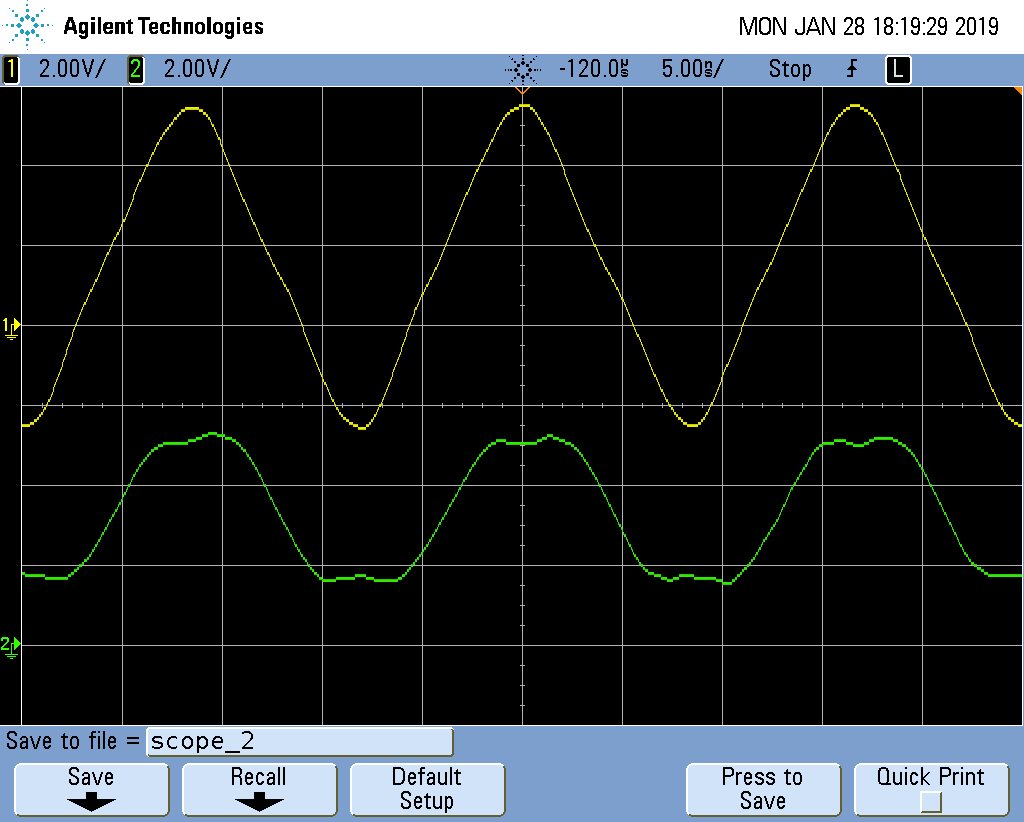Other Parts Discussed in Thread: C2000WARE
Tool/software: Code Composer Studio
Hi
I am using the expermimenter kit for the TMS320F28035 microcontroller. I need verify the maximum work frecuency and check the performance of my software routine, so in the file Gpio.c, I seted the 18 pin to see the clock. But when I connect the osciloscope probe to de 18 pin the ePWM outputs changes therefore I lost the control of my circuit. Now If I remove the osciloscope probe from the 18 pin the ePWM outputs again is correct.





